The Dekekuoi Mass Vampire Attack
It is believed that the Bulgarian town of Dekekuoi was invaded by an angry mob of vampires in 1863. These vampires allegedly attacked a few locals and threw cow dung at pictures of saints that were hanging against the walls.


Legend has it that these vampires had escaped from their graves, until an ancient witch went to the cemetery and sealed the vampires' tombs. The villagers at Dekekuoi were never attacked by vampires ever again!
The Katakhanas Of Crete
In the 1830s, English author Robert Plashely traveled to Crete to write a novel, where he learned about a vampire story that had recently left the island in shock.


One night, a shepherd fell asleep on top of the tomb of a katakhanas, a local type of vampire. While fast asleep, the katakhanas came to life! Can you guess what happened then?
The Katakhanas Of Crete - Part II
The katakhanas walked to the center of the vilage and killed a couple of newlyweds. He tore out their livers and brought them back to his tomb.


When the shepherd woke up, the vampire was staring at him, and he offered him a piece of the liver! Pashely included this story in his celebrated work Travels in Crete.
Justina Yuschov
Back in the 19th century, Russian peasants would generally blame vampires whenever the population was struck by an epidemic. According to the legend, the only way to stop a disease was by killing the vampire who had originated it!


In 1848, in the middle of a cholera outbreak, a pregnant woman called Justina Yuschkov was accused of being a vampire. Believed to be the cause of the epidemic, she was killed. But what happened then?
Justina Yuschov - Part II
After she was killed, local peasants cut her body open and realized that her baby wasn't there! As creepy as it sounds, the baby was found inside her tomb, convincing everybody that she was indeed a vampire.


The peasants stabbed Justina's mouth in order to make sure that the vampire died. Apparently, the local priest was appalled by what the peasants had done and filed a report to the district judge.
The Vampire Of Blau
In the mid 14th century, a shepherd called Myslata passed away in the town of Blau in present-day Czech Republic. Apparently, upon dying, the shepherd transformed into a vampire, haunting the village night after night.


It is said that if he called a person's name, he or she would die within 8 days. Kind of like Death Note, right? But how did they get rid of him?
The Vampire Of Blau - Part II
The inhabitants of Blau picked up their courage and tried to kill Myslata by stabbing his heart with a pole, but guess what? The alleged vampire survived and told the peasants he would use the pole to keep the dogs away.


After that, the villagers hired a professional killer to murder him. The man took the vampire to the fields and cremated him, and according to his helpers, the vampire flung his limbs on the way.
The Wollschlager Vampire
Vampire stories have always been around in German popular culture, but what's creepy about German vampires is that they usually prefer to haunt their own family members.
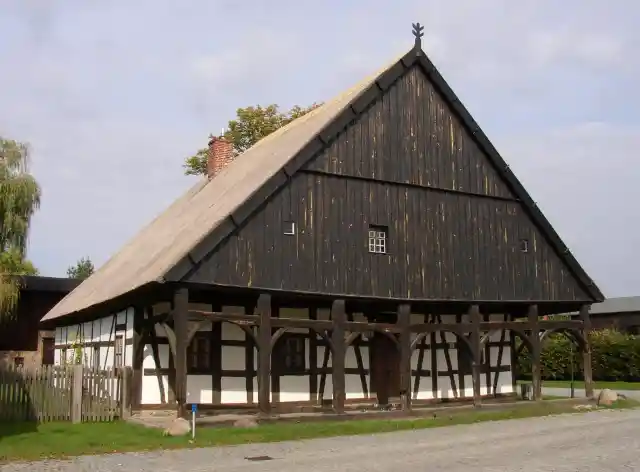
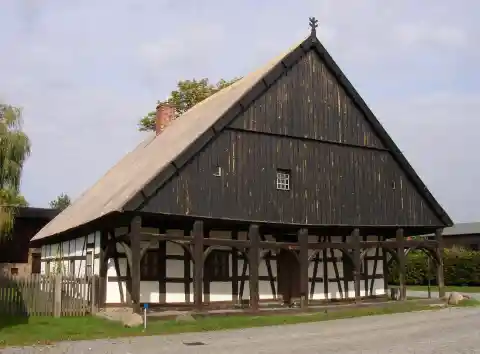
If you find this hard to believe, you should know that there is one recorded case from the early 18th century of a vampire attacking his family! Slide next to find out about the gruesome fate of the Wollschlager family.
The Wollschlager Vampire - Part II
After lots of members of the Wollschlager family died within days, everyone suspected that the older man of the family was the culprit and that he was possibly a vampire.
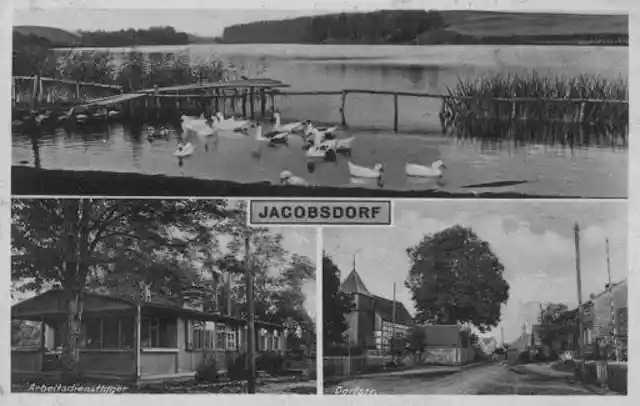
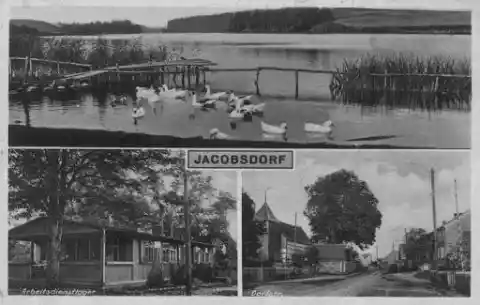
The family agreed that the old man's nephew, Joseph, would be the one to kill him. Joseph chopped off his uncle's head with an ax and the vampire's body still lies in the family crypt to this day, in present-day Jacobsdorf, Germany.
Johannes Cuntius
Johannes Cuntius was a councilman who lived in a former town named Pentsch in what is now the Czech Republic. In 1592, he tragically died after being kicked by a horse.
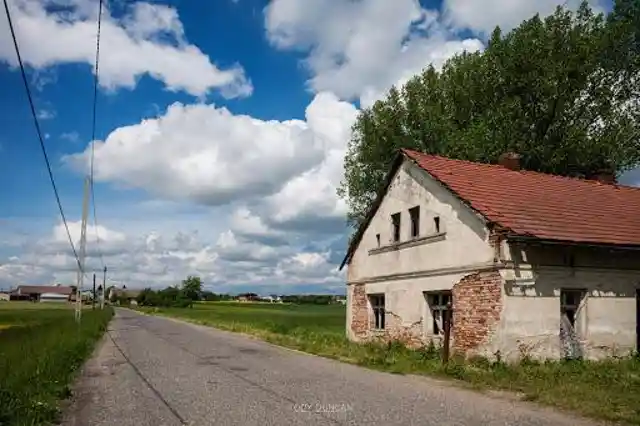
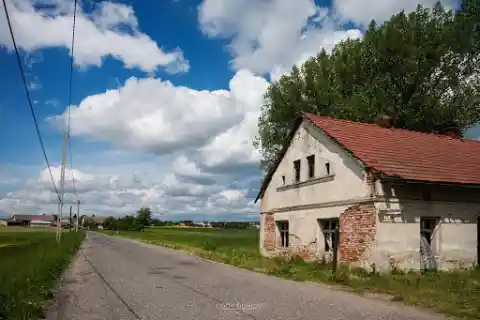
A few days after his death, a few women were raped and several villagers were assaulted, making the whole town suspect that Cuntius had become a vampire. Therefore, the locals unearthed his grave and chopped up his body into pieces.
The Vampire Of Alnwick Castle
William of Newburgh was a British historian who lived in Yorkshire in the 12th century. In one of his books, he narrated a story he had heard from a local monk about a bloodsucking corpse that haunted the Alnwick Castle and its surroundings.


This vampire had been a criminal when alive, but he became even crueler after dying! But why did he haunt the Alnwick Castle and how did they get rid of him?
The Vampire Of Alnwick Castle - Part II
This Yorkshire man had once taken refuge in the Alnwick Castle while escaping from the law, and that's the reason why he began stalking the building after becoming a vampire.
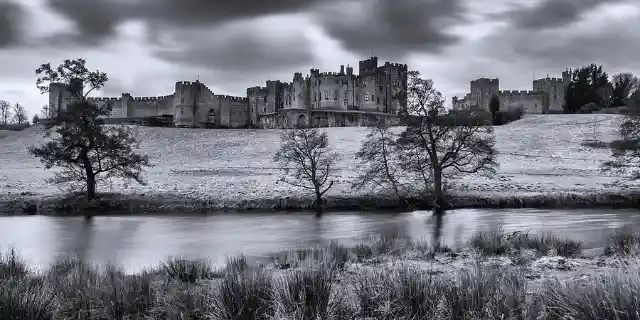
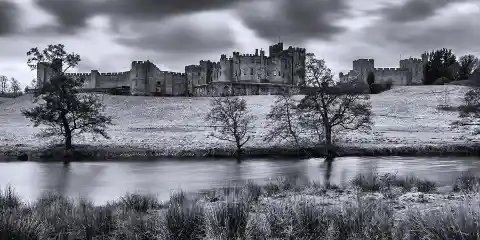
Legend has it that he would poison the air with his presence, thereby triggering the evacuation of the whole town. However, two brave men unearthed the vampire's body, smacked it with a shovel and turned it on fire.
The Vampire Of Buckinghamshire
The vampire of Alnwick Castle wasn't the only vampire case recounted by historian William of Newburgh. In one of his works, he chronicled the story of the vampire of Buckinghamshire, and believe me when I tell you that this case is even creepier!
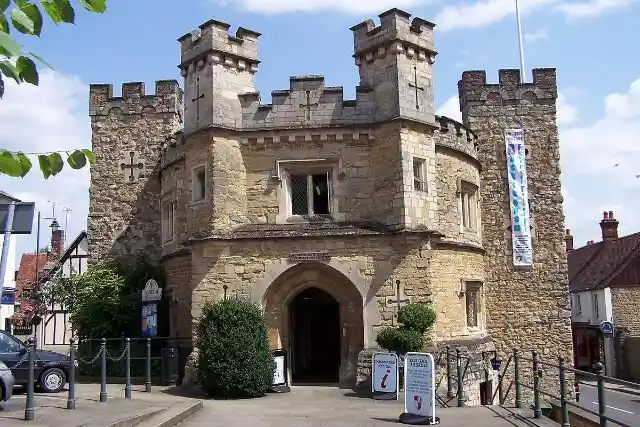
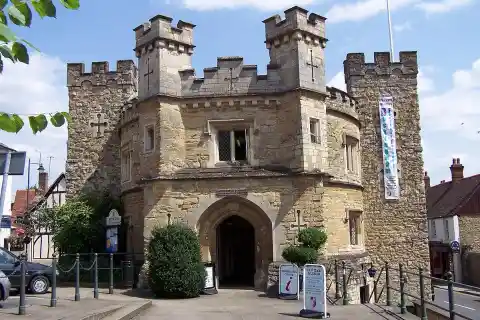
This vampire tried to murder his wife on the day following his death. Fortunately, the woman's neighbors saved her life, but the vampire didn't give up...
The Vampire Of Buckinghamshire - Part II
After failing to murder his wife for two nights in a row, the vampire went on to assault other villagers, even during daytime. The villagers sought help from the local bishop, who came up with a surprising plan.
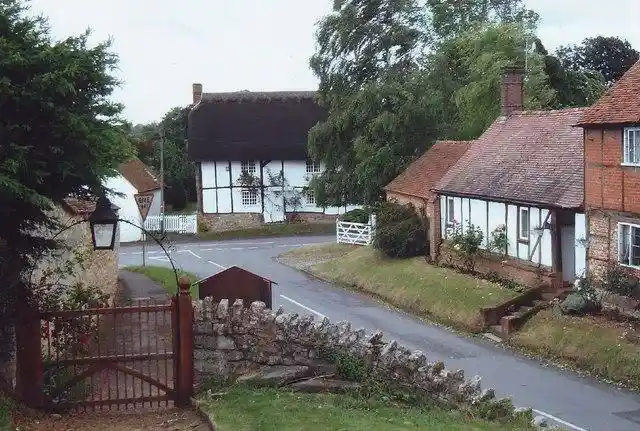
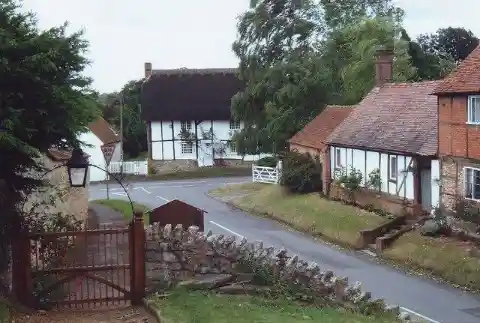
Instead of cremating him, he suggested writing a letter pardoning him for his sins. The letter was placed on his chest inside his tomb, and miraculously, his plan worked!
Paja Tomic
As you can see, most vampire stories date from the Middle Ages, and that's mainly because people stopped taking these creatures seriously by the beginning of the 20th century.


However, in some rural areas in Europe, people continued believing in their existence and there were even some documented vampire stories during these decades! For instance, in May 1923, a vampire was reportedly seen in the Bosnian town of Tupanari.
Paja Tomic - Part II
It was April 1923 when a widowed peasant named Cvija Tomic claimed that her dead husband, Paja Tomic, had been brought back to life as a vampire.

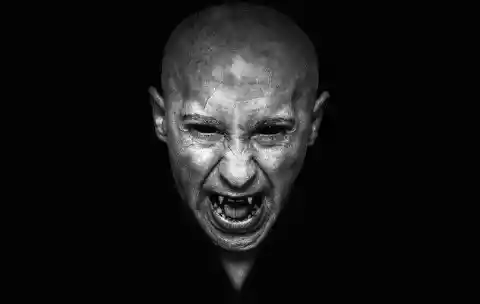
He would reportedly run around the house each night, and her sons, Krsto and Stevo, agreed to get rid of their dad's corpse. With the help of a group of peasants, they cremated Paja's body, and he didn't disturb the grieving widow ever again.
The Medveda Vampire Epidemic
In 1731, 13 inhabitants of Medveda, Serbia, were mysteriously killed in the same month. This was an extremely rare occurrence, given that the town's population was of a few hundreds.
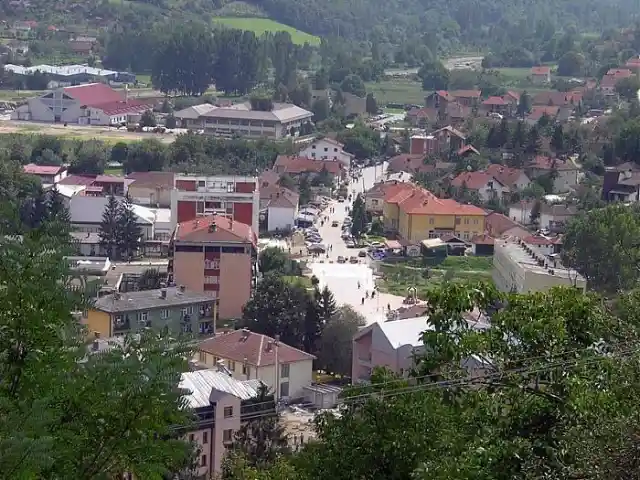

After looking into it, the authorities didn't find any proof of a plague, and that's when the whole town began to suspect that a vampire named Arnold Paole was the culprit.
The Medveda Vampire Epidemic - Part II
A few months after the killings, dozens of animals were mysteriously murdered, and in January of the following year, 4 other people appeared dead.


No signs of disease were found after the autopsies, and such was the town's desperation, that the authorities agreed to destroy the vampire's body. As the years passed, this case spread all throughout Europe.
Petar Blagojevich
In 1725, a Serbian man named Petar Blagojevich mysteriously died. The next day, Petar reportedly rose from his grave, walked all the way to his house and asked his son to fetch him some food.
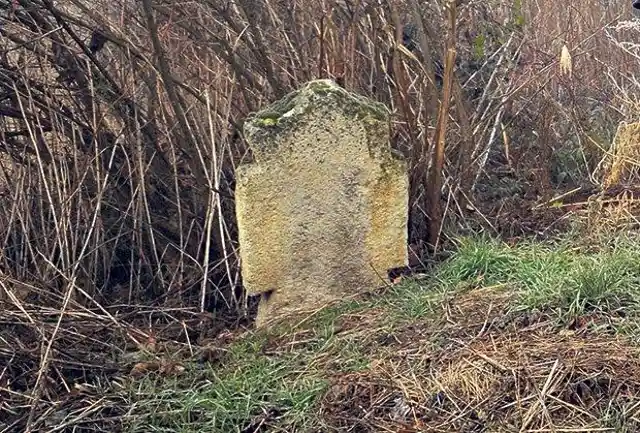

But this isn't even the creepy part! While his son was walking to the kitchen, Petar killed him and drank his blood. A few days later, the locals unearthed Petar's body and stabbed him in the heart.
Sava Savanovic
What is it with Serbia that so many vampire stories took place there? Back in the 19th century,a vampire would always haunt the inhabitants of Zarozje. The creature would wander around the town's mill and he would kill and drink the blood of all those who dared enter.
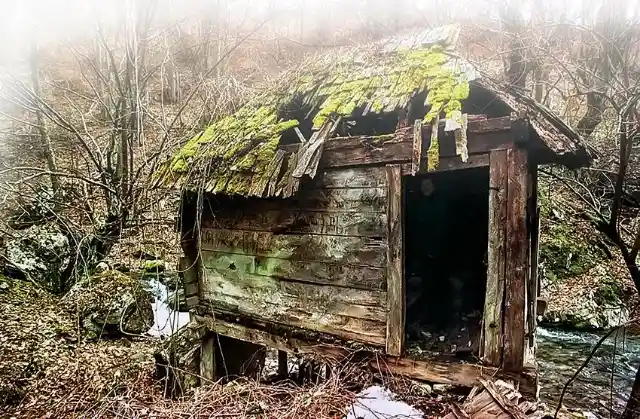
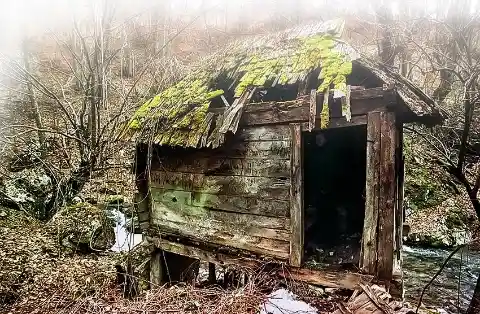
The mill was eventually closed down, and it was not until 2012 that the authorities decided to reopen it! The mill collapsed shortly after. Creepy, huh?